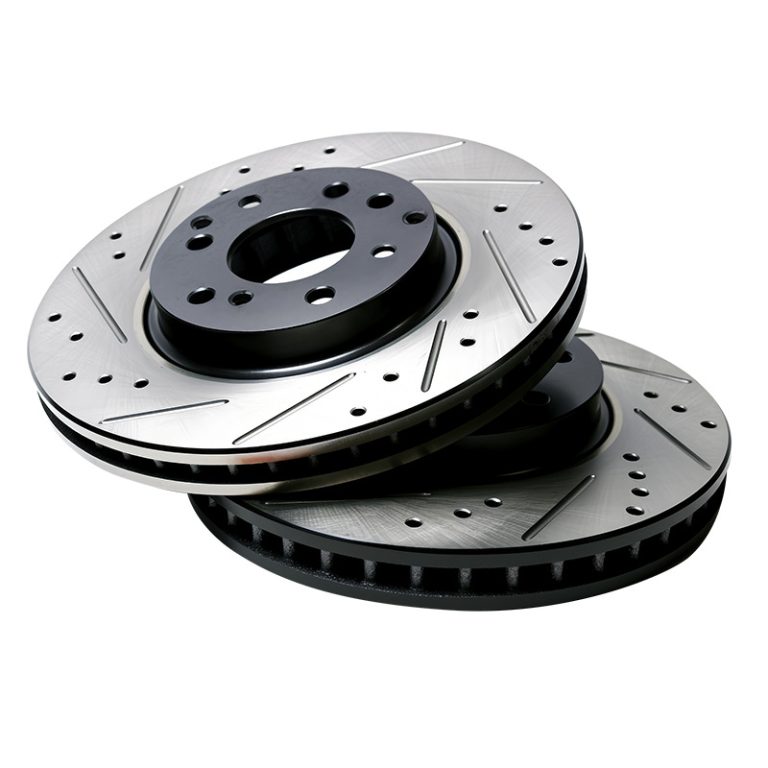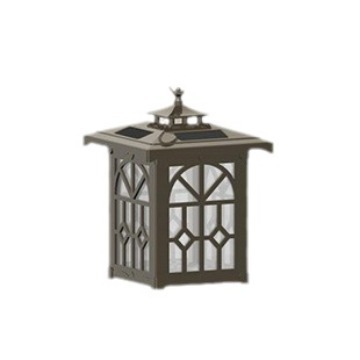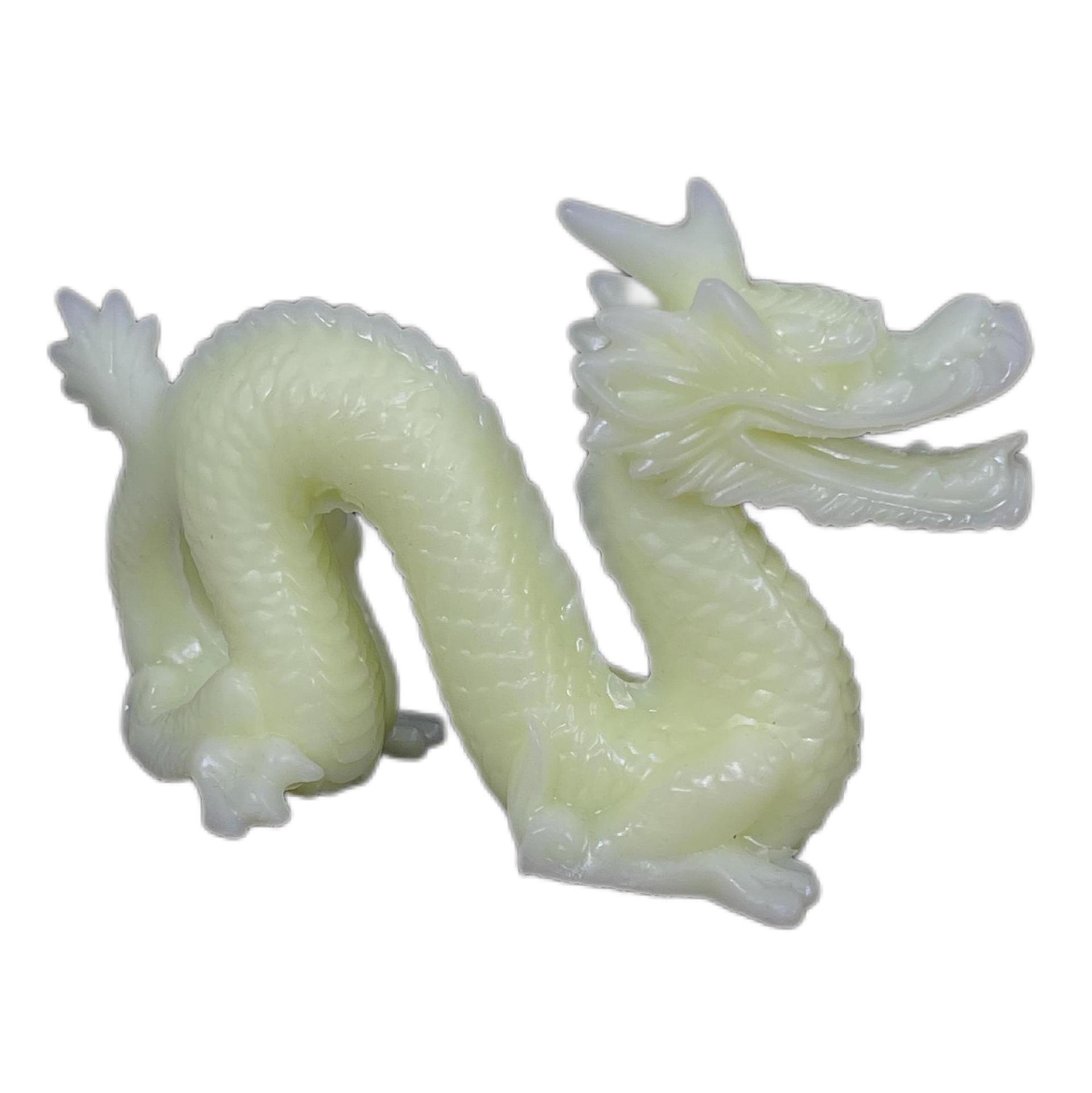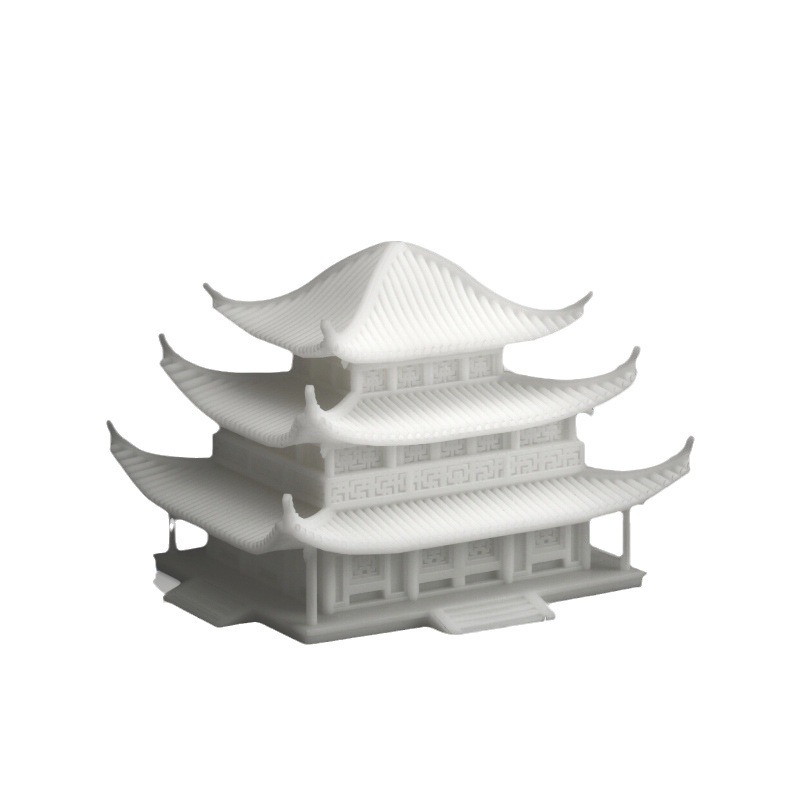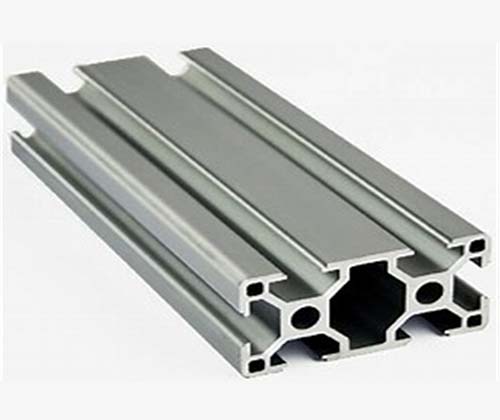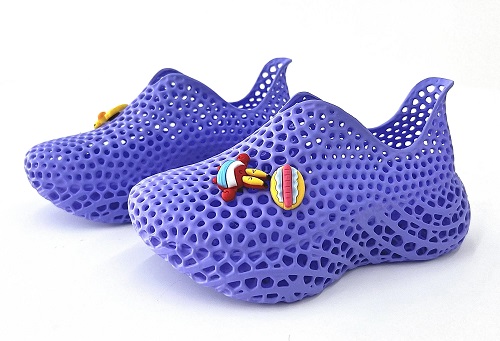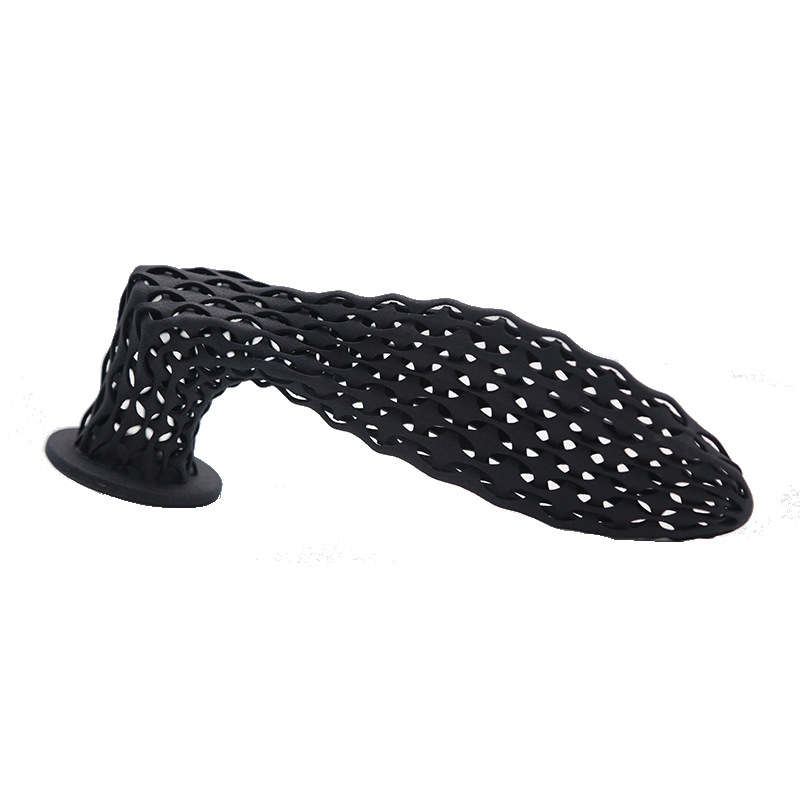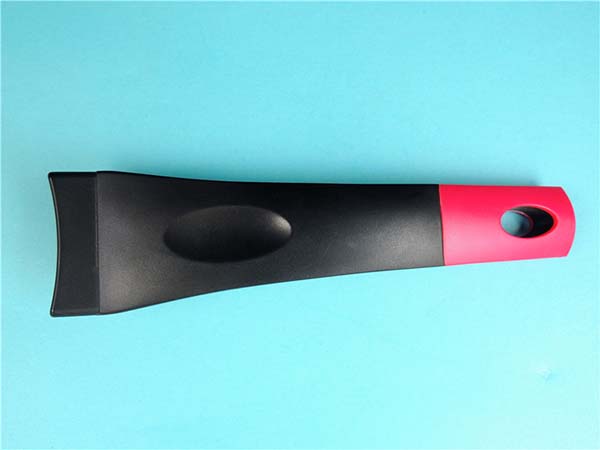Introduction to Additive Manufacturing
Additive Manufacturing (AM), often referred to as 3D printing, is an innovative technology that builds objects layer by layer from digital models, creating complex parts and structures that traditional manufacturing methods often cannot achieve. AM, particularly when using metal powder as the primary material, has significantly altered the manufacturing landscape. It offers unparalleled design freedom, material efficiency, and precision, which have revolutionized industries like aerospace, automotive, medical, and more. This article explores how metal powder in additive manufacturing is transforming manufacturing processes and driving advancements across various sectors.
Definition and Principles
Additive manufacturing refers to the process of creating three-dimensional objects by adding material layer by layer, based on a digital design file. Unlike subtractive manufacturing, where material is removed from a larger block, AM builds the part from the ground up, adding only the material needed to form the final structure. This process offers several advantages, including the ability to create highly complex geometries, reduced material waste, and faster production times.
When combined with metal powders, AM can produce durable, high-performance components suitable for industries demanding high strength, precision, and customization.
Historical Development
Additive manufacturing dates back to the 1980s, when Charles Hull invented stereolithography (SLA), the first rapid prototyping technology. Initially, AM was mostly used for prototyping plastic parts. The development of metal powder technologies, such as Selective Laser Sintering (SLS), Electron Beam Melting (EBM), and Direct Metal Laser Sintering (DMLS), expanded its potential, making it possible to create high-performance metal components. Today, these technologies are widely used in industries like aerospace, automotive, and medical for manufacturing parts that are both lightweight and durable.
Metal Powders in Additive Manufacturing
Types of Metal Powders
The metal powders used in additive manufacturing vary depending on the application and required material properties. Some common types include:
- Titanium: Known for its high strength-to-weight ratio and biocompatibility, titanium is commonly used in the aerospace and medical industries. It’s ideal for parts that need to withstand high stress while remaining lightweight, such as aerospace components and orthopedic implants.
- Stainless Steel: Renowned for its corrosion resistance, stainless steel is widely used in the automotive, industrial, and medical sectors for parts like surgical instruments, engine components, and machinery parts.
- Aluminum: Lightweight and cost-effective, aluminum powder is used in industries where reducing weight is crucial, such as the aerospace and automotive industries. Aluminum’s good thermal conductivity also makes it suitable for engine parts and heat exchangers.
- Nickel Alloys: Known for their high-temperature resistance, nickel alloys are commonly used in turbine engines and gas turbines, where parts need to endure extreme heat and pressure without losing integrity.
Material Properties and Selection Criteria
Choosing the right metal powder depends on several factors:
- Mechanical Properties: The strength, hardness, and ductility of the material are key factors for the intended application. For instance, titanium alloys are used where high strength and low weight are needed, while nickel alloys are selected for parts exposed to high temperatures.
- Thermal Conductivity: In applications where heat dissipation is crucial, materials like aluminum and copper are ideal due to their superior thermal conductivity.
- Biocompatibility: Materials like titanium and stainless steel are chosen for medical implants due to their compatibility with the human body, minimizing the risk of rejection or inflammation.
Additive Manufacturing Techniques
Several AM techniques are used to process metal powders, each with specific advantages depending on the material and application. Some of the most prominent methods include:
1. Selective Laser Sintering (SLS)
Selective Laser Sintering (SLS) uses a laser to sinter (fuse) powdered material into a solid object. The process begins with a thin layer of metal powder being spread over the build platform. A high-powered laser then scans the powder, melting and fusing the particles together according to the design. After each layer is sintered, the build platform lowers slightly, and another layer of powder is added, repeating the process until the entire object is completed. SLS is known for its ability to create complex geometries and is frequently used in industries like automotive, aerospace, and industrial applications.
2. Electron Beam Melting (EBM)
Electron Beam Melting (EBM) is another metal 3D printing process that uses an electron beam instead of a laser to melt metal powder. The electron beam has higher energy density than a laser, making it particularly effective for melting materials with high melting points like titanium alloys and nickel-based superalloys. EBM is ideal for dense, high-strength parts and is commonly used in aerospace and medical applications, such as producing turbine blades and implantable devices.
3. Direct Metal Laser Sintering (DMLS)
Direct Metal Laser Sintering (DMLS) is a highly precise metal 3D printing process that uses a laser to sinter metal powder into solid parts. It’s similar to SLS, but DMLS is specifically designed for metals and allows for the production of highly detailed, high-precision parts. DMLS is used extensively in industries like aerospace, automotive, and medical, where parts require high accuracy, excellent surface finish, and the ability to withstand high stresses.
Advantages of Using Metal Powder in AM
1. Material Efficiency
One of the most significant advantages of using metal powder in additive manufacturing is material efficiency. Traditional subtractive manufacturing methods often result in considerable material waste, as large blocks of metal are cut down to shape. In contrast, AM builds objects layer by layer, using only the amount of material needed for the final part. This reduced waste lowers material costs and improves the sustainability of manufacturing processes.
2. Design Freedom and Complexity
AM provides unparalleled design flexibility. Traditional manufacturing techniques are often limited by tooling constraints or material properties, which can make producing complex geometries expensive or even impossible. With metal powder-based AM, intricate designs—such as internal cooling channels, lattice structures, or hollow parts—can be produced in a single print, without the need for assembly or additional manufacturing steps. This freedom allows engineers to optimize designs for performance, reducing weight while maintaining strength.
3. Cost and Time Savings
While the initial cost of AM equipment and metal powders can be high, the long-term savings can be substantial. AM allows for rapid prototyping, reducing development cycles and shortening time-to-market for new products. Additionally, parts can be produced on-demand, eliminating the need for expensive tooling and inventory storage. By enabling customization and the ability to iterate designs quickly, AM also helps manufacturers avoid the costs associated with traditional, time-consuming production methods.
Applications of Metal Powder AM
1. Aerospace Industry
The aerospace industry benefits significantly from metal powder AM due to the ability to produce lightweight, high-strength parts that are optimized for performance. Key applications include:
- Titanium and aluminum alloys used to reduce the weight of aircraft and spacecraft components, improving fuel efficiency and reducing operational costs.
- Complex geometries for parts such as turbine blades, brackets, and engine components that improve aerodynamics, heat resistance, and overall performance.
- On-demand manufacturing of spare parts, enabling faster maintenance and reducing the need for large inventories.
2. Automotive Sector
In the automotive sector, metal powder AM allows for the production of parts that are both lightweight and durable:
- Electric vehicles (EVs) and sports cars benefit from the ability to create lightweight parts, which improve energy efficiency and vehicle performance.
- Customization of parts like brackets, exhaust systems, and chassis components enables manufacturers to optimize designs for specific vehicle requirements.
- Prototyping and low-volume production of parts help reduce development times and enhance design flexibility.
3. Medical Applications
In medical applications, metal powder AM is transforming patient care by enabling the creation of custom implants and prosthetics tailored to individual patients:
- Titanium implants, such as those used in hip replacements and spinal fusion surgeries, can be customized to fit each patient’s unique anatomy, improving fit and comfort while reducing recovery times.
- Dental prosthetics, including crowns and bridges, are produced with high precision and better patient-specific customization.
- Medical devices and surgical instruments are made using stainless steel or titanium powders, providing biocompatibility and durability.
FAQs
What is the difference between Selective Laser Sintering (SLS) and Direct Metal Laser Sintering (DMLS)?
Both SLS and DMLS are powder bed fusion techniques that use a laser to sinter metal powders into solid parts. The key difference is that SLS is more versatile and can be used with a variety of materials (including polymers), while DMLS is specifically designed for metals and achieves higher precision and better surface finishes, making it ideal for high-performance applications in industries like aerospace and medical.
Can any metal powder be used in additive manufacturing?
Not all metal powders are suitable for AM. The selection of metal powder depends on factors such as the required mechanical properties, thermal properties, and compatibility with the specific AM technique. Common metals include titanium, stainless steel, aluminum, and nickel alloys, each chosen for their unique characteristics suited to different applications.
How does using metal powder in additive manufacturing impact production costs?
While the initial cost of equipment and materials can be high, metal powder AM offers significant long-term savings. The ability to produce parts on-demand, eliminate material waste, and reduce labor and tooling costs makes it cost-effective in the long run. Additionally, faster prototyping and part production can reduce time-to-market and allow for rapid design iterations, lowering overall manufacturing costs.
